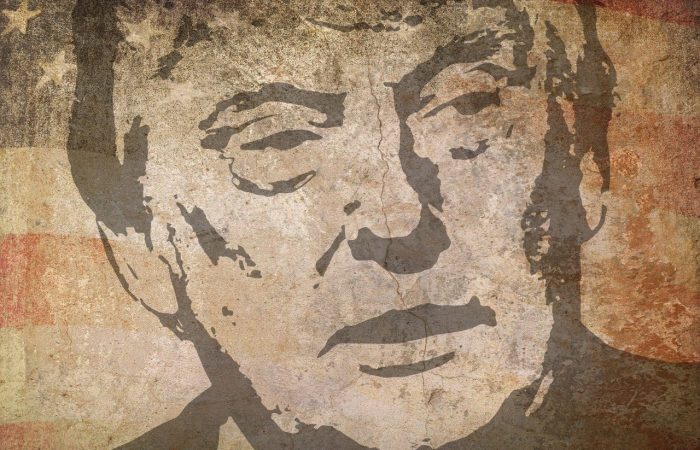We wrote this article before the announcement of the 90-day (partial) suspension of the US “reciprocal” tariffs, but it remains a very relevant review for the near future.
Last Tuesday, the White House announced its new trade policy of ‘reciprocal tariffs’. In an Executive Order, President Donald Trump introduced a striking 10% general tariff on nearly all goods entering the U.S.A. The impact these measures have on global trade cannot be underestimated.In this blog, we have summarized key tariffs:
- Starting Saturday, April 5th, a general tariff of 10% will apply to all goods entering the U.S.
- Starting April 9th, even higher tariffs will be implemented, based on the trade balance. For products from the EU, this will result in a standard tariff of 20%. Annex I lists the tariffs by country.
Exempted products
The tariffs outlined above do not apply to products that are already subject to specific import duties. These include steel and aluminum products, which have been subject to high import tariffs since last month. Additionally, a separate 25% tariff is currently applied to cars and auto parts, effective from early April.
Furthermore, Annex II of Trump’s Executive Order exempts certain strategic goods from the new tariffs:
- Semiconductors and related high-tech components
- Critical raw materials such as copper, zinc, platinum, cobalt, etc.
- Pharmaceutical products such as medicines and vaccines
- Lumber and related products
It should be noted, however, that specific tariffs may be introduced for these products in the future, despite their current exemption from the general tariff. For example, President Trump previously suggested the possibility of tariffs targeting the pharmaceutical and semiconductor industries. It remains uncertain whether and when such measures will be implemented.
EU response
Following the imposition of tariffs on aluminum and steel, the European Union swiftly introduced countermeasures. The EU is currently engaged in discussions with various stakeholders regarding further actions. In a press statement on April 3rd, Ursula von der Leyen confirmed that talks were ongoing with the steel, automotive, and pharmaceutical industries.
Significance and potential consequences
With the introduction of a standard tariff on all imports, businesses across all sectors will be directly affected by President Trump’s trade policy, whereas previously only specific industries were impacted. Furthermore, starting April 9th, countries with a significant trade surplus vis-à-vis the U.S. will face the most stringent trade barriers.
Tariffs in global trade can lead to higher costs, which are often passed on to consumers. For Dutch traders, this means that trade with the United States will become more expensive, requiring decisions on whether to absorb the increased costs or pass them on to customers. With the standard tariff potentially rising to as much as 20% starting April 9th, it is crucial for Dutch companies to prepare for the operational implications of these changes.
More information
If you have any questions regarding this article, please contact our Trade, Industry, and Logistics specialists.
- Tim Hesselink (th@kneppelhout.nl)
- Joost Wery (jw@kneppelhout.nl)
- Ton Bendermacher (tbe@kneppelhout.nl)
- Céline Goedhart (cg@knepplehout.nl)
- Britt van Beveren (bb@kneppelhout.nl)
Further reading:
- Regulating Imports with a Reciprocal Tariff to Rectify Trade Practices that Contribute to Large and Persistent Annual United States Goods Trade Deficits – The White House
- Fact Sheet: President Donald J. Trump Declares National Emergency to Increase our Competitive Edge, Protect our Sovereignty, and Strengthen our National and Economic Security – The White House
- Adjusting Imports of Automobiles and Automobile Parts into the United States
- Statement by President von der Leyen on the announcement of universal tariffs by the US




